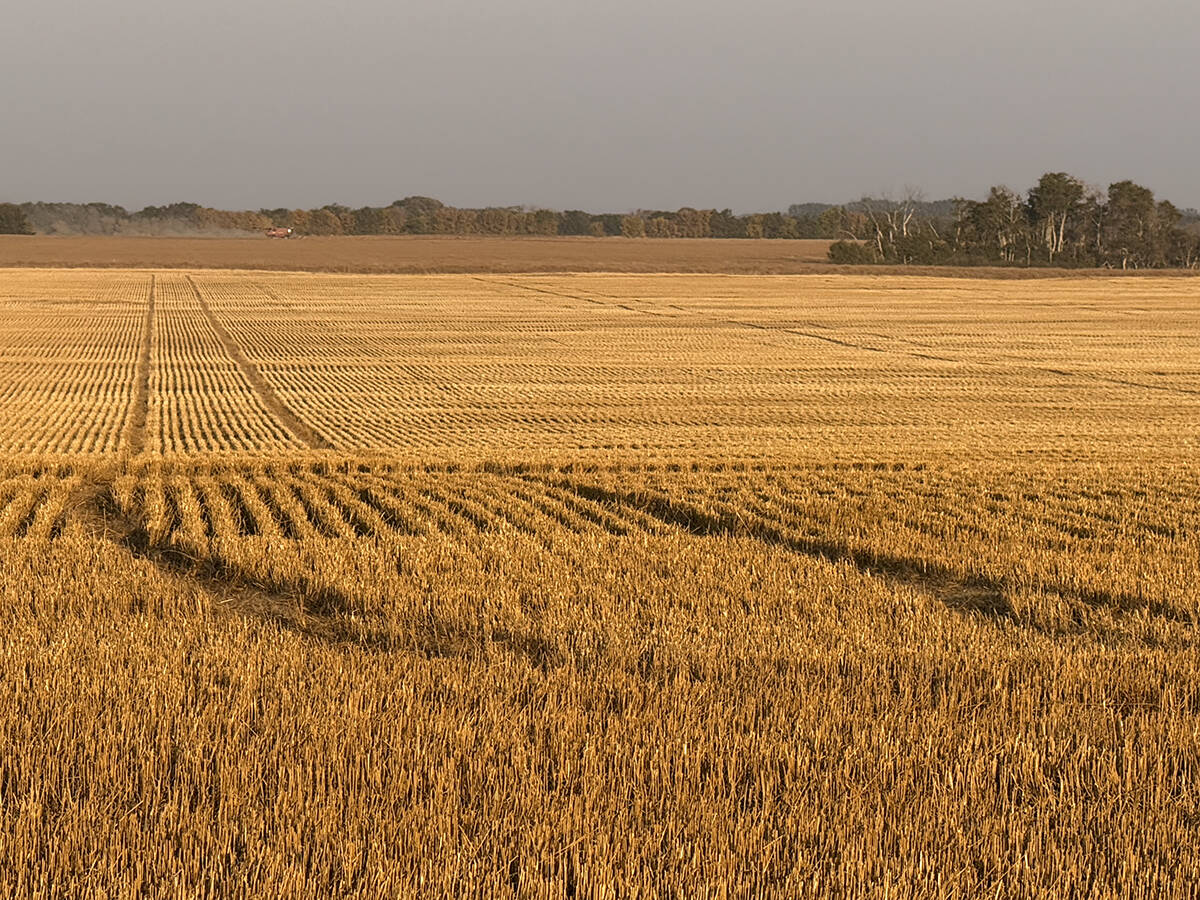Canadian egg producers are reluctant to co-operate with government efforts to strengthen surveillance of the Canadian flock for signs of avian influenza because compensation for destroyed birds is too low.
Laurent Souligny, chair of the Canadian Egg Marketing Agency, told the House of Commons agriculture committee that existing compensation of $8 for each destroyed laying hen under the Health of Animals Act is ridiculous.
Producers want at least $20 per bird if they must be destroyed.
He said the government promised last year it would create a program that would cover the difference between the basic compensation provided under the legislation and producer demands for more. Nothing has happened.
Read Also

Final crop reports show strong yields, quality
Crops yielded above average across the Prairies this year, and quality is generally average to above-average.
“CFIA (Canadian Food Inspection Agency) wants to move forward with avian influenza surveillance of domestic poultry flocks,” Souligny told MPs. “However, producers are reluctant to participate as they are uncertain of what will be provided to them if an avian influenza virus requiring flock depopulation is found. We believe surveillance is desirable but it is difficult to support when we know egg farmers could be severely impacted.”
He used his appearance before the committee to promote the idea that supply management and its three principles of price setting, production control and import controls should be recognized in the next generation of farm programs as a business risk management program.
As well, he said the egg industry would support a disaster compensation program, proposed by federal and provincial ministers, that compensated for a decline in production whatever the “peril” that caused it.
However, Souligny said federal-provincial discussions on the proposed disaster program have not yet produced a satisfactory model.
There may be a need for federal-provincial consultation each time to decide whether an event qualifies under the program as a disaster, he said.
“Therefore, when disaster occurs it is not at all certain that there will be adequate compensation in place and it certainly won’t be put in place quickly,” Souligny said. “In addition, we are uncertain what constitutes a ‘disaster’ under the framework.”
Later, British Columbia egg producer and CEMA vice-chair Peter Clarke said production insurance that would work for his industry could be a program that compensated for a sharp decline in production of eggs on a farm, with premiums and a sliding scale of compensation similar to crop insurance.
New Democrat MP Alex Atamanenko asked Souligny if the egg industry with its quota cost is accessible to young people.
“What would be the cost to a young person who wanted to get into the egg business?” the British Columbia MP asked. “How many hens do you need to make a go of it?”
Souligny said if a young person wanted to start a 5,000-layer operation, it would cost “close to $1 million; that would be land, equipment, buildings, everything.”
But under questioning from New Brunswick Liberal Charles Hubbard, the CEMA chair conceded a 5,000-layer operation would be too small.
“It would not support a family. You would need outside income.”
Then, B.C. producer and CEMA board member Fred Krahn told MPs that quota in his province costs up to $200 per bird.
Hubbard concluded that Souligny had been downplaying the cost of getting into the protected industry.
“So $200 a hen,” he said. ” The 5,000 (birds), just to have a second job, would cost a million dollars without the barns and without anything else.”














